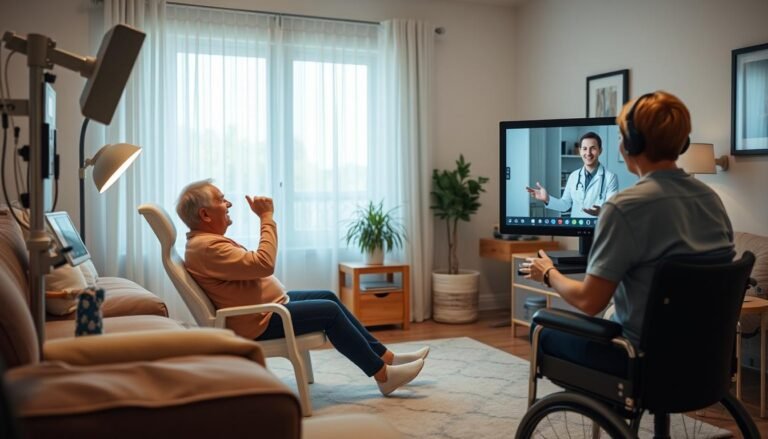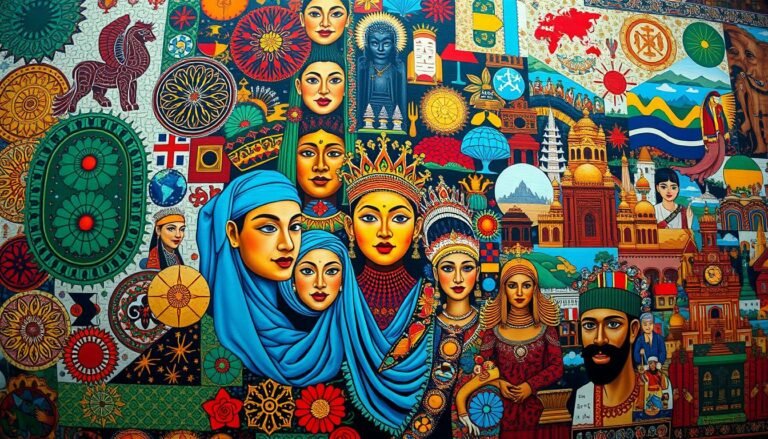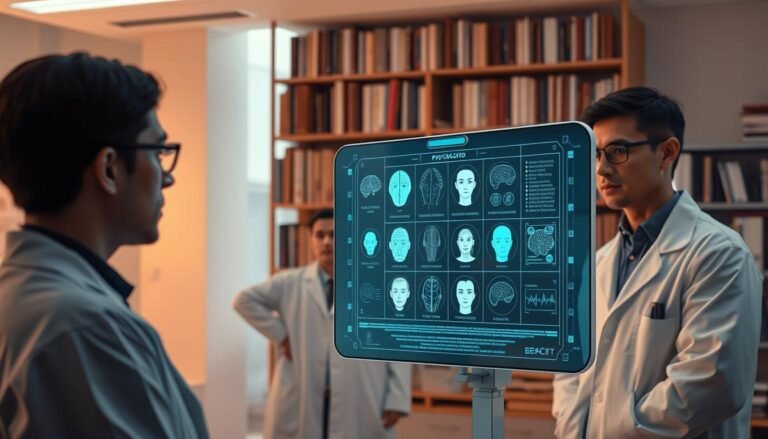Introduction
In a world striving for equality and recognition, the phrase "Creating Change: Advocacy and Activism in the Disability Rights Movement" resonates deeply. The plea for rights, visibility, and inclusion is not just a matter of compassion; it’s a fundamental aspect of human dignity. The disability rights movement stands as a beacon of hope, advocating for systemic changes that empower millions.
As we delve into this topic, we uncover not only the historical context of advocacy but also transformative strategies and notable case studies. This article aims to illuminate the intricate tapestry of efforts that have shaped the landscape for people with disabilities, while inspiring readers to engage in this crucial conversation.
Understanding the Disability Rights Movement
Historical Context
The disability rights movement emerged prominently in the mid-20th century, but its roots trace back centuries. Historically, misconceptions and stigmas have relegated individuals with disabilities to the margins of society. The deinstitutionalization movement of the 1960s and 1970s marked a turning point, urging for community-based support instead of confinement.
Key Legislative Milestones
Legislation plays a critical role in the advocacy landscape. The Rehabilitation Act of 1973, the Americans with Disabilities Act (ADA) of 1990, and the Individuals with Disabilities Education Act (IDEA) of 1975 are some of the pivotal laws that have shaped the rights of people with disabilities. These laws not only protect against discrimination but also create frameworks for inclusion and equal opportunity.
| Law | Year | Key Provisions |
|---|---|---|
| Rehabilitation Act | 1973 | Prohibited discrimination in federally funded programs. |
| Americans with Disabilities Act | 1990 | Guaranteed equal opportunity in public accommodations, employment, and transportation. |
| Individuals with Disabilities Education Act | 1975 | Ensured free appropriate public education for children with disabilities. |
Forms of Advocacy and Activism
Grassroots Organizing
Grassroots movements have been pivotal in amplifying the voices of those affected by disability. Local organizations often rally community members to influence policy changes, fostering a sense of unity and purpose. For instance, a group in California organized a sit-in at the state capitol to demand better access to public transportation, showcasing the power of collective action.
Legal Advocacy
The legal arm of disability rights activism involves not only filing lawsuits but also shaping public policy through legal precedents. The case of Olmstead v. L.C. (1999) is a prime example where the U.S. Supreme Court ruled that individuals with disabilities have the right to live in the community rather than institutions, fundamentally redefining the legal landscape.
Analysis of Olmstead v. L.C.
The significance of the Olmstead decision lies in its affirmation that isolation is a violation of the ADA. This landmark case exemplifies how legal advocacy can directly result in community integration and the recognition of rights.
Digital Activism
In the digital age, social media has transformed the landscape for advocacy. Platforms like Twitter and Instagram allow activists to share stories, mobilize support, and create awareness on a global scale. Hashtags such as #DisabilityRightsNow have sparked significant movements, allowing individuals to connect and share resources instantly.
Case Studies: Real-World Applications of Advocacy
The Independent Living Movement
The Independent Living Movement, which began in the 1960s, emphasized the right of individuals with disabilities to control their lives in community settings. This approach challenges the notion that disability necessitates dependence or institutional care.
Key Elements of the Movement
- Peer Support: Encouraging individuals to support one another increases personal empowerment.
- Accessibility Initiatives: Advocating for public infrastructure to be inclusive enhances community participation.
The Disability Justice Movement
The Disability Justice Movement builds upon traditional disability rights by intertwining issues of race, gender, and class to address systemic inequalities. This movement recognizes that disability is not an isolated issue, but rather intersects with various forms of oppression.
Notable Advocates
Figures such as Sins Invalid and Alice Wong, who co-founded the Disability Visibility Project, have played integral roles in raising awareness and challenging mainstream narratives around disability. Their work illustrates the collaborative nature of advocacy and activism.
Strategies for Creating Change
Building Inclusive Policies
Advocacy efforts must focus on formulating inclusive policies that incorporate input from people with disabilities. This entails establishing advisory boards composed of individuals from diverse backgrounds to inform legislative agendas.
Enhancing Public Awareness
Public awareness campaigns are crucial for shifting societal perceptions about disability. Effective storytelling through media can challenge stereotypes and foster empathy.
Engaging Allies
Building coalitions with non-disabled allies can help amplify voices and broaden support networks. Collaborative efforts can lead to more comprehensive strategies and increased visibility.
Conclusion
Creating change through advocacy and activism in the disability rights movement is not merely an option; it’s a necessity. Each voice matters, and together, we can dismantle barriers, redefine narratives, and foster a culture of inclusion. The journey ahead is not without challenges, but every step taken brings us closer to a world where equity is not just an ideal but a fundamental reality.
Call to Action
As you finish this exploration of Creating Change: Advocacy and Activism in the Disability Rights Movement, consider how you can engage. Whether it’s joining local groups, sharing educational resources, or advocating for policy change, remember that your contributions are vital. Together, we can continue to storm the frontlines of advocacy, ensuring that the rights and dignity of individuals with disabilities are upheld.
FAQs
1. What is the main goal of the Disability Rights Movement?
The primary goal of the Disability Rights Movement is to secure equal rights, opportunities, and access for individuals with disabilities. This includes combating discrimination and advocating for inclusive policies.
2. How can I get involved in Disability Advocacy?
You can get involved by volunteering with local organizations, participating in awareness campaigns, advocating for inclusive policies, or using your platform to educate others about disability rights.
3. What role does legislation play in advocacy?
Legislation is crucial as it provides the legal framework that protects the rights of individuals with disabilities and ensures access to services and opportunities.
4. What are some examples of successful activism in the Disability Rights Movement?
Successful activism includes the passage of the Americans with Disabilities Act (ADA) and campaigns like the “Nothing About Us Without Us,” which emphasizes the importance of including disabled individuals in policy-making.
5. How does digital activism contribute to the Disability Rights Movement?
Digital activism expands the reach of advocacy efforts, allowing for real-time communication, community building, and the rapid dissemination of information. It also helps amplify marginalized voices within the disability community.
This comprehensive exploration of the Disability Rights Movement highlights the importance of creating change through advocacy and activism. By investing our energy into this cause, we can foster a more equitable society for everyone.

















